Inquivix HQ
1-903, 18 Eonju-ro 146-gil,
Gangnam-gu, Seoul, Korea
06057

We are back with more updates from South Korea. The trends in the world are affecting the South Korean market as well; from the declining number of Facebook users to dissatisfaction with online advertising. The retail sector is undergoing significant changes as a result of changing consumer habits creating unexpected trends. On a more positive note, Facebook and YouTube are introducing new features to engage the users. Read on to learn more about what’s going on in South Korea!
1. New Interface on YouTube: “Like” and “Dislike” Buttons on Full-Screen Mode
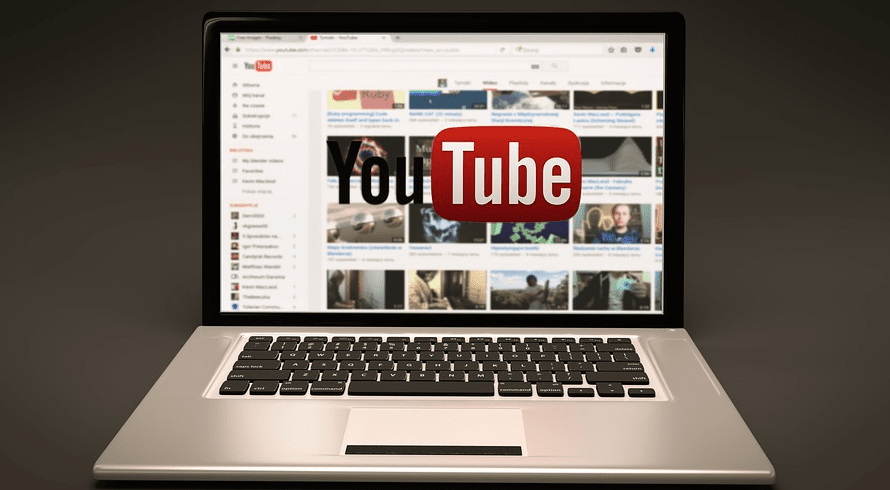
YouTube is making a change to their mobile app’s full-screen player, which will now put all of the buttons (Like, Dislike and Share) in one place and make it easier for users. The old version hid most aspects behind an upward swipe on the “more videos” section where as soon as they are moved over they can be accessed by tapping directly below or clicking anywhere else within this space if needed. While there’s still some relevant information located near its corner (including share options), everything else gets tucked away nicely beneath your favorite footage so you don’t miss anything. The only distinction is that you notice it when the app is in full-screen mode. When watching a video in portrait mode, the application appears to be nearly identical.
2. Facebook, the First Decline in Users in 16 Years
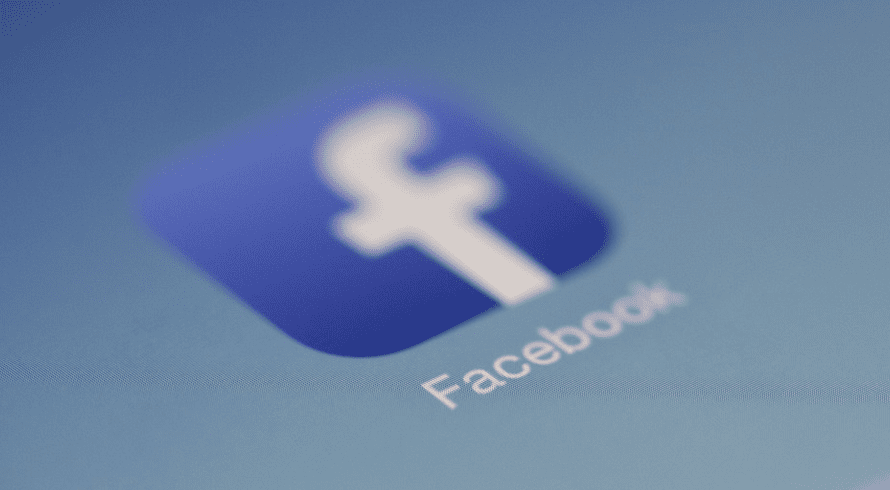
With its launch in 2004, Facebook has changed social networking bringing in a new digital era. Its popularity began to grow over time as it became available to everyone globally. Since then there have been over 1 billion active monthly subscribers; more than any other platform.
However, for the first time in Facebook history, the number of daily users dropped from 1.93 billion to 1.929 billion in the last quarter of 2021. The decline in the number of young users was noticeably large. This reflects on Facebook’s lack of relevance with the younger generation with the myriad of other social media competing for their attention.
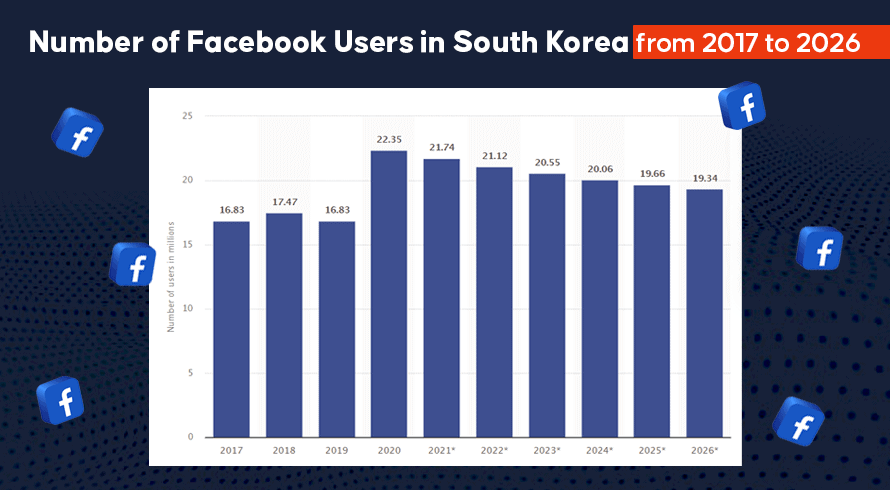
This trend is expected to continue in South Korea as well where research forecasts a gradual decline in Facebook monthly users in the region.
3. 11Street Also Charges “Pre-paid Delivery Fee” to Sellers

Many eCommerce businesses depend highly on delivery services to get their products to the customers. With the rising demand for delivery services, major domestic open market firms in South Korea have begun charging pre-paid delivery expenses from sellers. This model originated in China and is rapidly spreading throughout Korea as well.
If the pre-paid delivery fee becomes a norm, it will drastically impact how eCommerce businesses operate. When the seller has settled, a portion of the delivery cost paid by the consumer is deducted. For each product, a 3.3% markup on pre-paid delivery costs will be added to the sales commission rate. So far, 11Street claims it has been paying PG for this service; however, there will be changes going forward.
4. Advertisements That Can’t Be Deleted Are the Most Uncomfortable
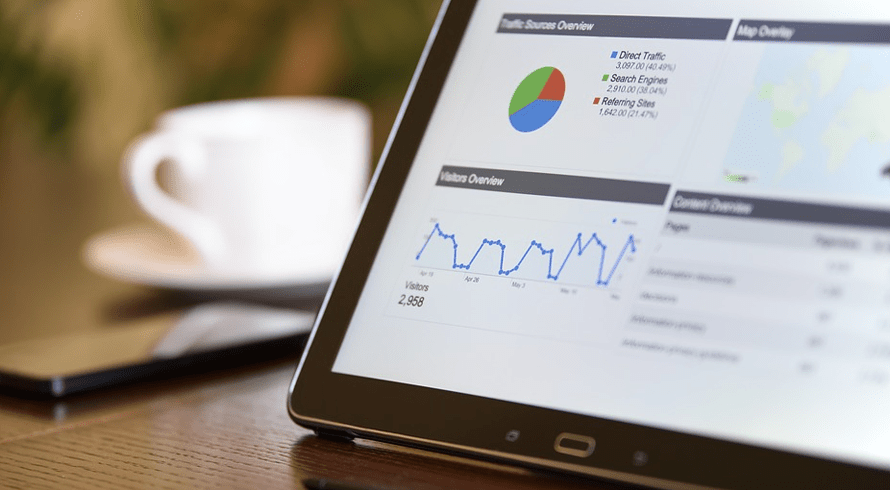
When it comes to online advertisements, consumers are very particular. The report released by Kobaco indicates that there’s been a rise among users who are tired of browsing webpages when confronted by ads that cannot be deleted. Out of the participants in the research, 29.7% cited “tired” as their reason for discomfort with the ad while 27.9% said they did not know how to deal with it. In contrast, those who expressed satisfaction with the advertisements were extremely low.
5. Convenience Stores in the Rise against Hypermarkets
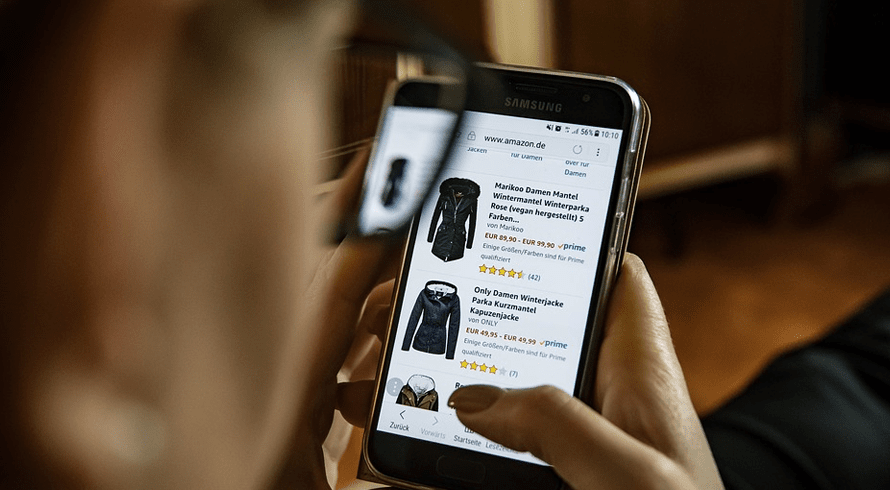
In a world where COVID-19 has made many people’s lives worse than they already were, the consumption trends are changing from hypermarkets to small stores close by. According to 2021’s sales in the distribution industry, for example, three convenience groceries exceeded large marts in sales. The consumption trends until 2019 favored large discount stores, department stores, and other large-scale stores. However, with the restrictions due to COVID-19, consumers preferred convenience stores closer to their homes with lesser crowds making them rise to second place in overall sales in the country.
6. Introducing 3D Avatars on Facebook and Instagram

In other news for Facebook, Meta is bringing 3D avatars to Facebook and Instagram as well as their messenger services. With this latest update, users can post themselves in an animated form on their phone screen just like they would with regular profiles or photos which adds to the excitement. Facebook has previously used avatar images as profile images, but this is the first time 3D animation is applied to the functions. Furthermore, for Instagram, this is the first time to introduce a 3D avatar.
7. LG Electronics’ Unique Marketing on Instagram Reels
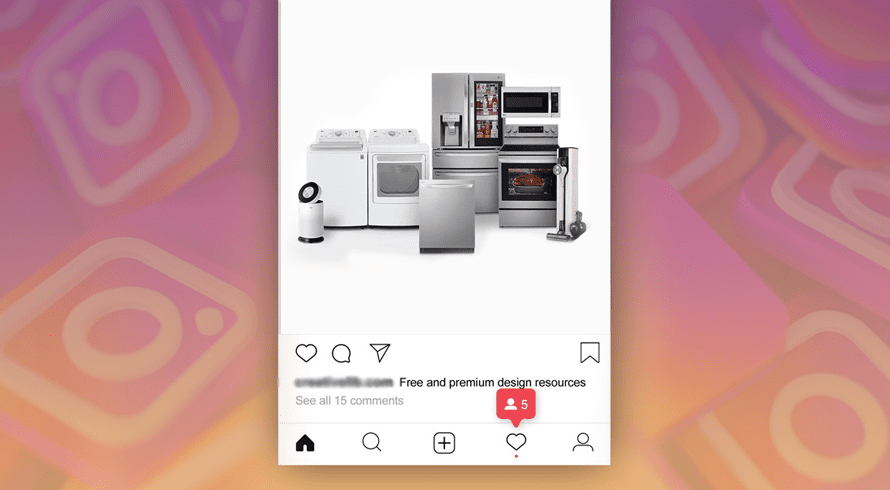
Targeting the MZ generation customers who want to freely express their individuality, the LG Standby Me Dance Challenge will be held using Instagram’s short-form video platform “Reels” by the end of February. It has recently become a trend in marketing strategies to promote the brand with user-generated content with its own unique style that challenges people around social media sites where they can create videos showing off their skills.
Conclusion
The Korean market is evolving with the times. With factors like COVID-19, consumer habits have changed immensely from shopping in large stores to online shopping or convenience stores. And many companies have adapted new marketing strategies with the help of social media. Though social media plays a major role in everyday life, it is also evolving with the younger generation and user satisfaction aspects. We hope that the insights from this article help your business to thrive in the Korean market. Follow us for more news and updates from South Korea.
